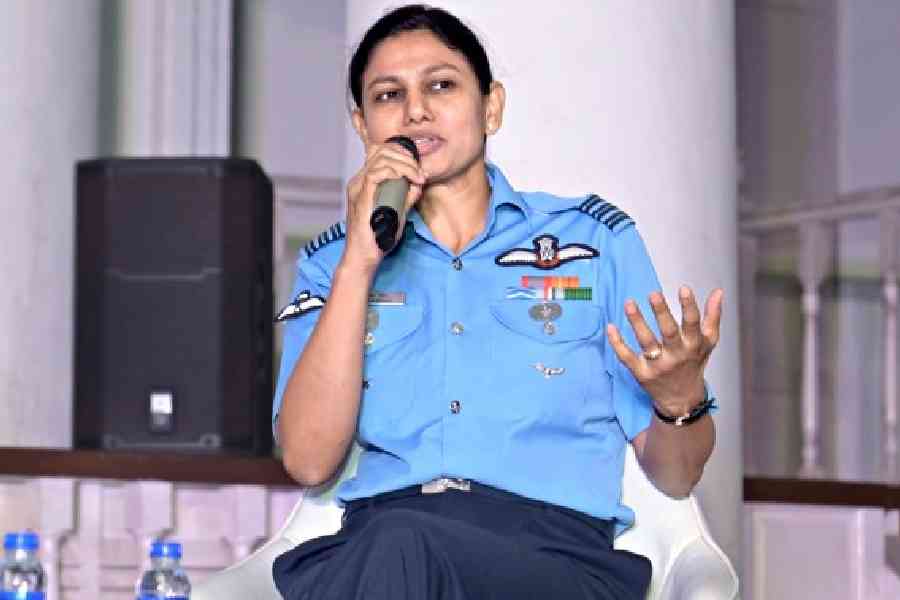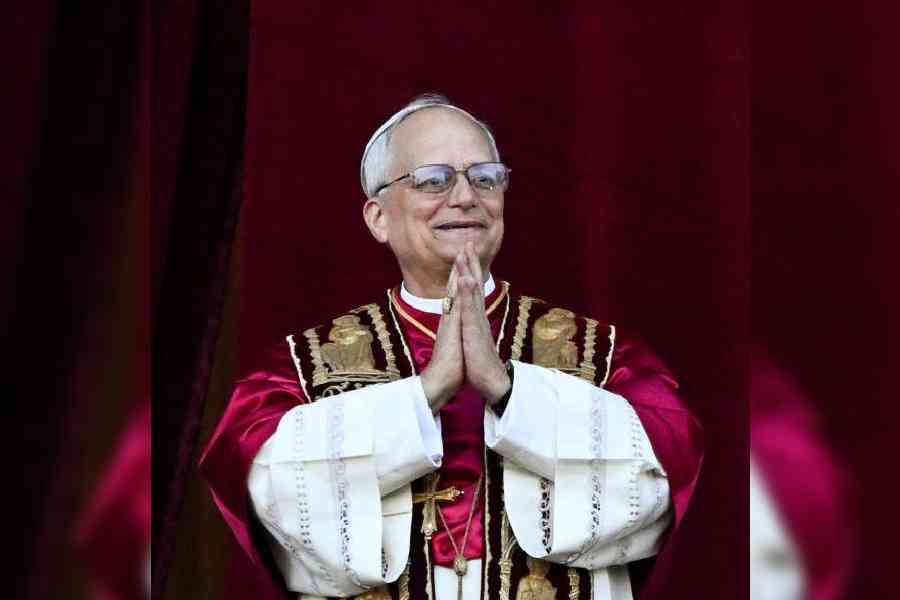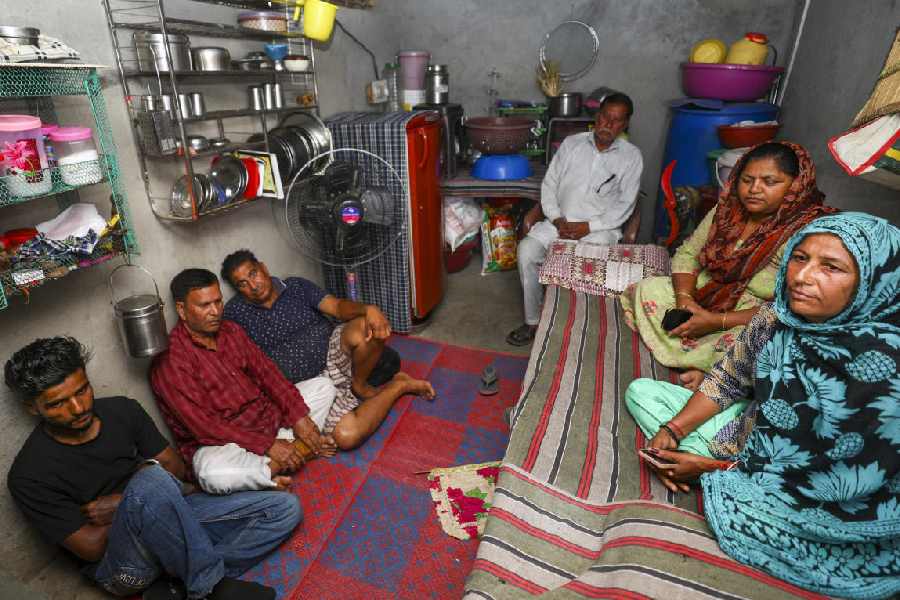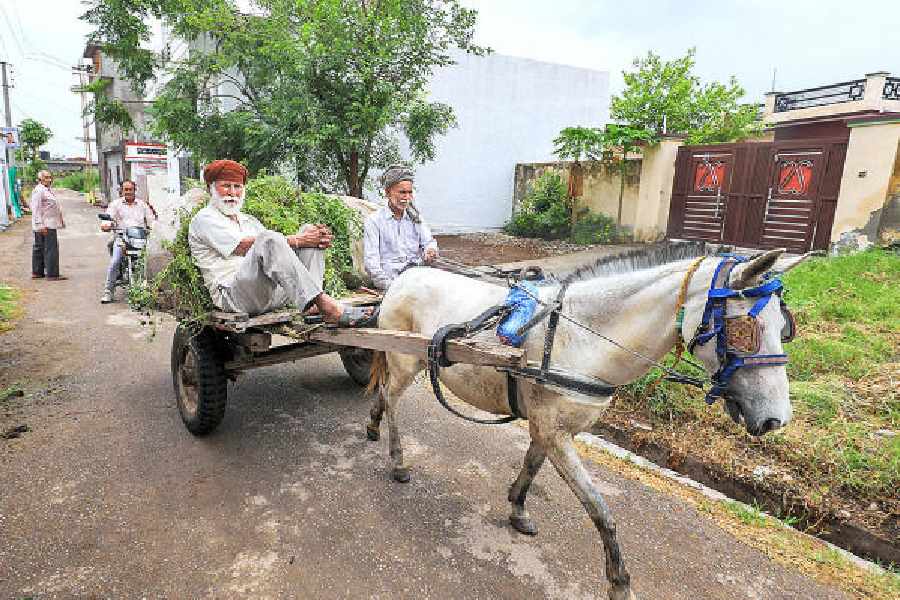
On July 7, 1896, at the Watson Hotel in Bombay, a small group of people sat in a darkened hall, awestruck by the "miracle of the century" - the motion picture. Only six months ago, the Lumiere brothers - Auguste and Louis - had presented in Paris the world's first film using the cinematograph, a camera-cum-projector they invented. The French invention travelled far and wide and that's how it came to be in Bombay too. That night at the Watson, six Lumiere films, each a minute long, were screened.
Cut to May 3, 1913. Venue: the Coronation Cinematograph and variety hall in south Bombay's Girgaon area. Dhundiraj Govind Phalke, now recognised as Dadasaheb Phalke, premiered Raja Harishchandra, regarded as India's first feature film. Phalke, a photographer and printer, had not only produced, directed and scripted it, he had also designed the sets and costumes, supervised the camerawork and processing, and also created the special effects.

Hiralal Sen: A monograph by Somnath Roy
Between these two milestones that set themselves up in Bombay, however, rolled a significant reel of the history of Indian cinema. The screens had been lit up by Lumiere's cinematograph and an industry had struck root. Much filmmaking happened between 1897 and 1910, especially in Calcutta. According to many film historians, Ali Baba and the Forty Thieves, an indigenous, full-length feature film, was sprung of Bengal in 1903, a good 10 years before Phalke's Raja Harishchandra. Its maker - Hiralal Sen.
In October this year, at The Film & Television Institute in Bhowanipore, Calcutta, a group of filmmakers and scholars gathered to pay homage to Sen, whose death centenary it is. The talks and anecdotes that evening brought to life a brilliant artist and innovator who is otherwise confined within a few lines in history.
Sen was born into a zamindar family in Manikganj's Bagjuri village - near Dhaka - in 1866. Right from childhood he was adept at painting. But it was perhaps his fascination for the play of light and shadow that led him to photography. He came to Calcutta to attend college and immersed himself further in the art. He won a photography contest in 1887 held by Bourne and Shepherd, then the biggest dealers of still photography in the country. In fact, he won the best photographer award for several years, given out by various studios. Often, he would be summoned to Delhi to click portraits of British officials. Writings from the era reveal Sen's artistic sensibility coupled with his sharp eye for technology.
During this time, the young Sen came to be mesmerised by the short films made by an Englishman called Prof. Stevenson. Using the latter's equipment, Sen filmed the dance sequences of the opera, The Flower of Persia, staged at Star Theatre. This was in 1898. Eventually, realising the huge potential of this new art form, he set up the production house, Royal Bioscope Company, along with his brother, Motilal.
This was also the golden period of Bengali theatre. Sen spent night after night watching plays and creating their cinematic versions. According to some accounts, he made over 40 films in his career.
With time, however, came competition and bigger production companies, and Sen's fortunes began to dry up. In 1913, he sold off all his equipment, including the studio. And then in October 1917, he received news that a fire had devoured his brother's Chitpur warehouse, which contained the entire film stock of the Royal Bioscope Company. Thus, the only reel of Ali Baba went up in flames and with it all evidence that would have established Sen as the creator of the first feature film of India.

Hiralal Sen: A monograph by Somnath Roy
Soon after, Sen died.
What does it matter that the reels don't exist - there is much literature in Bengal that proves his immense contribution," argues filmmaker Sekhar Das. "His paternal cousin, author Dinesh Chandra Sen, has written extensively about their shared childhood, his passion for photography, the still photo shop in Bagjuri..." Das is known for award-winning films such as Mahulbonir Sereng (2004), Krantikaal (2005) and Jogajog (2015).
The value of creating cinema at the crack of the century cannot be overstated. Das has researched extensively for a film on Sen. The script is ready and a few scenes have also been shot. "People must know about the real father of Indian cinema; a feature film may reach out to a wide audience."
Indeed, Sen is credited with many firsts in cinema. In a 1903 film, he featured close-up shots of the beautiful singer-actress Kusum Kumari, the star attraction of Classic Theatre. To add to the attraction, Kusum Kumari was also known to be close to Sen.
Swojon Majhi, a research fellow at the Dhaka-based Bangladesh Film Archive, is among a group of cine activists labouring to make the lanky photographer-filmmaker from Bagjuri known to the world. He says excitedly, "That the camera could fix focus on the face alone was a revolutionary idea at that time."
"What is most striking is the fantastic collaboration between Hiralal Sen and Amar babu," says noted scholar and critic Samik Bandyopadhyay. Amar babu or Amarendra Nath Dutta was the young and talented actor-manager of Classic Theatre with whom Sen had a long and fruitful association.
Bandyopadhyay digs up the book, Source Materials for the History of Bengali Theatre: 1872-1900, by Sankar Bhattacharya to elaborate on how Sen regularly made trailers - called "bioscope" at the time - of plays. "Say, there were five plays in Dutta's repertoire, each for one day of the week. Along with the day's play, 5-10 minute bioscopes of the other plays were shown - just to give the audience a sense of what was in store," explains Bandyopadhyay. Play of sheer artistic brilliance, innovation and sensation.
Sen experimented with the medium as a writer would with words or a painter with colours. He even conceptualised the country's first film commercial - for Jabakusum Taila (hair oil) and another for Edward's anti-malaria drug - in 1905. "The idea probably occurred to him while chatting with the renowned ayurvedic vaid, C.K. Sen, in the marketplace one day," says Soumyajit Sen, who is related to the family of the founder of C.K. Sen & Company Pvt. Ltd. "It was a thriving business and the filmmaker believed a short film highlighting the excellence of the hair oil would make it even more popular," says Soumyajit.
Efforts are being made to bring the forgotten master to the fore. At the recent Kolkata International Film Festival (KIFF), the Bengal government instituted a new award - the Hiralal Sen Memorial Award. In 2012, as tribute to 100 years of Indian cinema, the 18th KIFF made an attempt to rewind to the "tent-cinemas" that once flourished at Calcutta's Maidan. "We set up a tent called Hiralal Sen Mancha at Nandan," says director Das. Also, the Federation of Film Societies of India (FFSI), the umbrella body of film-screening societies, is working to launch an all-India campaign in August next, to mark 150 years of the birth of Sen.
"We will draw up proposals for submission to the Centre to highlight his contribution," says Premendra Majumdar, former general secretary of FFSI. "Hiralal is the first Indian to establish cinema in the country... He ought to be recognised by all."
Happily coinciding with these goings-on are similar efforts on the other side of the Bangla border. Swojon Majhi is also working on a film on Sen. Stitching up a narrative in the absence of primary source material is daunting because it goes against what has already been established. Says Majhi, "My film will be realistic, although I am yet to flesh out the details. I will try to recreate the plays staged at the dawn of the century that Sen shot... and two 'trick films' he made and screened in Bagjuri in 1900." Trick films are short silent films designed to feature innovative special effects.
Indeed, the absence of archiving systems in this part of the world may be held responsible for the loss of Hiralal Sen's films, but it's time someone raised the curtains on the ideas and innovations the man stood for.










